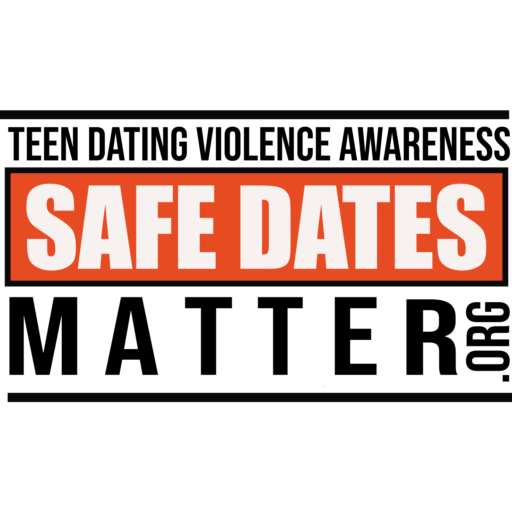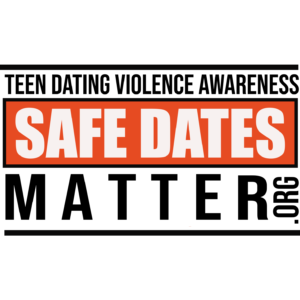
A healthy relationship is based on equality and respect, no matter how you identify. But LGBTQIA+ teens experience abuse more frequently.
LGBTQIA+ teens face certain challenges when it comes to dating violence that other teens don’t have to think about. They have different fears and different reasons to avoid coming forward.
You can help by being an ally. Being an ally is more than just being kind. It’s creating a safe space for your LGBTQ friends. That means having the courage to call out prejudice when you see it to invoke social change.

LGBTQIA+ Dating Violence by the Numbers
Percent of LGBT Females
Percent of LGBT Youth
(versus 30% of heterosexual youth)
Percent of LGBT males
Percent of transgender youth
Percent of Transgender Individuals
 “You’re a lesbian. How can you possibly be getting abused? Girls don’t hit each other.”
“You’re a lesbian. How can you possibly be getting abused? Girls don’t hit each other.”
LGBTQIA+ teens face certain challenges when it comes to dating violence that other teens don’t have to think about. They have different fears and different reasons to avoid coming forward.
You can help by being an ally. Being an ally is more than just being kind. It’s creating a safe space for our LGBTQIA+ friends. That means having the courage to call out prejudice when you see it to invoke social change.
“I mean, how healthy was it in the first place? Two dudes dating is already unnatural.”
Just like the stereotypes that each gender faces, a number of generalizations and prejudices exist about the LGBTQIA+ community. Homophobia is another challenge that LGBTQIA+ youth face when they come forward about dating abuse. Some people don’t understand gay relationships because they are unfamiliar with them. They view same-sex relationships as unnatural and unhealthy. This makes it hard for LGBTQIA+ teens to come forward with abuse. They fear they won’t be believed or taken seriously. Because of their sexual orientations and gender identities, they’re afraid they won’t be given the best quality treatment.
“You can’t tell. No one even knows that you’re gay.”
Being a teen is confusing. We’re never really sure who we are or what we believe in. Maybe you’re not completely certain where you fall on the spectrum of gender and sex. Maybe you don’t want to tell anyone until you’re sure. Maybe you’re afraid of the bullying and the name-calling. Maybe you just want your privacy right now. Either way, coming forward with abuse is a different type of scary for teens who are LGBTQIA+, especially if they haven’t told many people yet.
“My mom already doesn’t approve of my trans identity. How am I supposed to tell her that he hurt me?”
Another challenge that LGBTQIA+ youth face is an unsupportive community. Homophobia and transphobia are still present in our culture. This means that LGBTQIA+ youth often face bullying at school and hostility at home. Teens who are LGBTQIA+ might avoid coming forward because they’re afraid they might be cut off from their support system. If they have disapproving parents, they could risk getting kicked out of their homes or ruining their relationships with their family and friends. Discussing abuse is already hard. So is coming out to a family member who might hold “traditional values.” Imagine how hard it is to combine the two!
“I just don’t want to be another case of an abusive queer relationship. It’ll make the whole community look bad.”
This is another challenge based on homophobia and transphobia. Because some people in the community assume bad things about LGBTQIA+ relationships, a lot of teens in same-sex/same-gender relationships are facing these stereotypes for the first time.
They don’t want to provide more evidence that back up these stereotypes. As a result, LGBTQIA+ youth live with their abuse in secrecy, oftentimes all alone.
 Be an Ally
Be an Ally
Here’s some suggestions for how to best be an ally at your school:
1. Be an open-minded listener.
This can mean asking nonintrusive questions about how someone identifies, using gender-neutral pronouns, and letting your friends know (through words and actions) that you are a pal who they can talk to and trust.
2. Consider word choice and confront your own prejudices.
We are all brought up differently. That’s why some of us have biases that seem built-in.
It’s our responsibility to educate ourselves and confront these biases. Why do we think this way? What evidence is there to support these biases?
Start by refusing to assume that everyone you meet has had the same experiences as you. Don’t let “straight” be the standard. Even if you are “just joking,” think about how you would feel if you were in their shoes. Note that your words can both positively and negatively impact those around you. Think about what you say before you say it.
3. Stand up to prejudice
It’s not just your word choice that matters. Creating a safe space means equal effort from everyone. This means calling out prejudice when you see it. Kindly and calmly let your friends know that saying things like “that’s so gay” is hurtful to the LGBTQIA+ community. Prove you’re an ally and start creating a less hostile environment by standing up for your LGBTQIA+ friends when you notice bullying.
Your inclusivity might encourage your peers to do the same. Be brave and others will follow suit.
4. Be outwardly inclusive.
Just like you can’t tell when someone identifies as LGBTQIA+ just by looking, no one can tell that you’re an ally with just a glance. Help to create a more inclusive environment by sending gentle signals. It can be as easy as putting an alliance pin or ribbon on your book bag.
 Defining LGBTQIA+
Defining LGBTQIA+
Often shortened to just LGBTQIA+, each letter in this acronym stands for a certain gender identification or sexual orientation.
Lesbian – A female-identifying woman who is attracted to other female-identifying women.
Gay – A male-identifying man who is attracted to other male-identifying men.
Bisexual – A person who is attracted to both female identifiers and male identifiers.
Transgender – Your gender identity doesn’t match the body you were born into. A transgender man is a male identifier born with a female reproductive system. A transgender woman is a female identifier born with a male reproductive system.
Queer/Questioning – Queer is a catch-all term. The word “queer” has frequently been used as a slur, and still often is. Before using this term, it’s important to ask how someone likes to be identified. Questioning is pretty obvious. You aren’t sure. You still have questions about your sexual/gender identity.
Intersex – A person born with anatomy that does not fit in with the typical male vs. female body parts.
Asexual – An individual who doesn’t have sexual urges or who is uninterested in sex.
I am text block. Click edit button to change this text. Lorem ipsum dolor sit amet, consectetur adipiscing elit. Ut elit tellus, luctus nec ullamcorper mattis, pulvinar dapibus leo.


